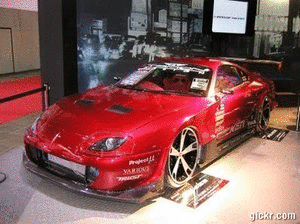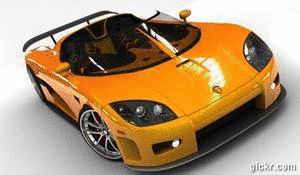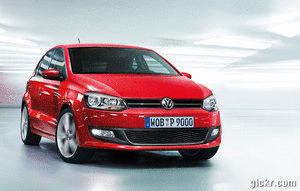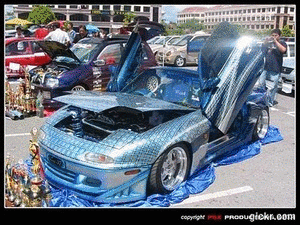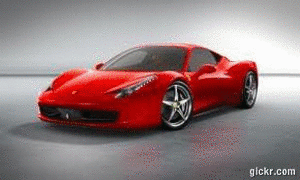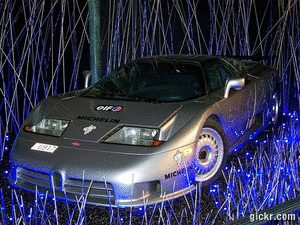Source by: http://auto.howstuffworks.com/rotary-engine1.htm
Principles of a Rotary EngineLike a piston engine, the rotary engine uses the pressure created when a combination of air and fuel is burned. In a piston engine, that pressure is contained in the cylinders and forces pistons to move back and forth. The connecting rods and crankshaft convert the reciprocating motion of the pistons into rotational motion that can be used to power a car.
In a rotary engine, the pressure of combustion is contained in a chamber formed by part of the housing and sealed in by one face of the triangular rotor, which is what the engine uses instead of pistons.
The rotor and housing of a rotary engine from a Mazda RX-7: These parts replace the pistons, cylinders, valves, connecting rods and camshafts found in piston engines.
The rotor follows a path that looks like something you'd create with a Spirograph. This path keeps each of the three peaks of the rotor in contact with the housing, creating three separate volumes of gas. As the rotor moves around the chamber, each of the three volumes of gas alternately expands and contracts. It is this expansion and contraction that draws air and fuel into the engine, compresses it and makes useful power as the gases expand, and then expels the exhaust.
We'll be taking a look inside a rotary engine to check out the parts, but first let's take a look at a new model car with an all-new rotary engine.
Mazda RX-8Mazda has been a pioneer in developing production cars that use rotary engines. The RX-7, which went on sale in 1978, was probably the most successful rotary-engine-powered car. But it was preceded by a series of rotary-engine cars, trucks and even buses, starting with the 1967 Cosmo Sport. The last year the RX-7 was sold in the United States was 1995, but the rotary engine is set to make a comeback in the near future.
The Mazda RX-8 , a new car from Mazda, has a new, award winning rotary engine called the RENESIS. Named International Engine of the Year 2003, this naturally aspirated two-rotor engine will produce about 250 horsepower.
